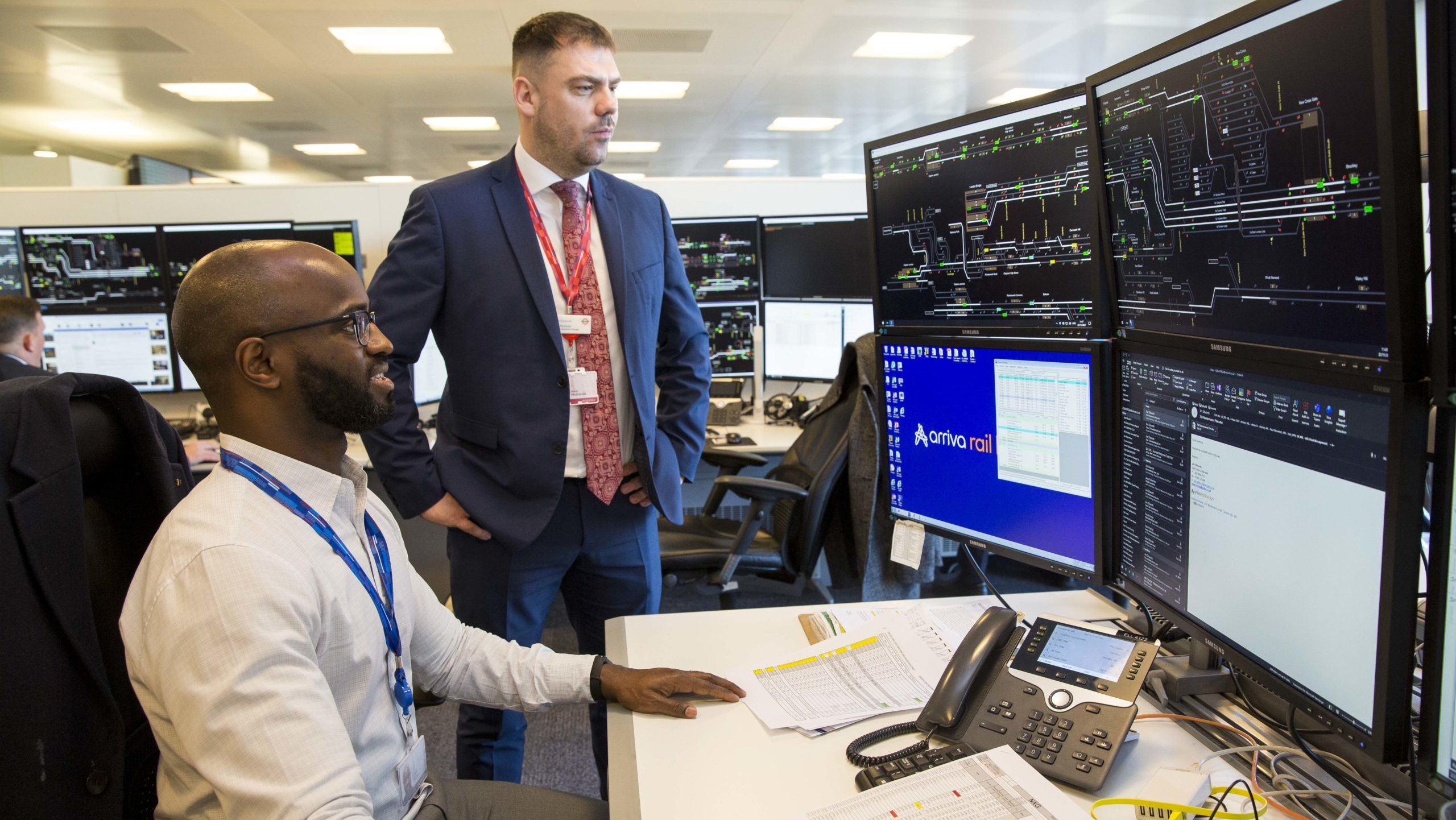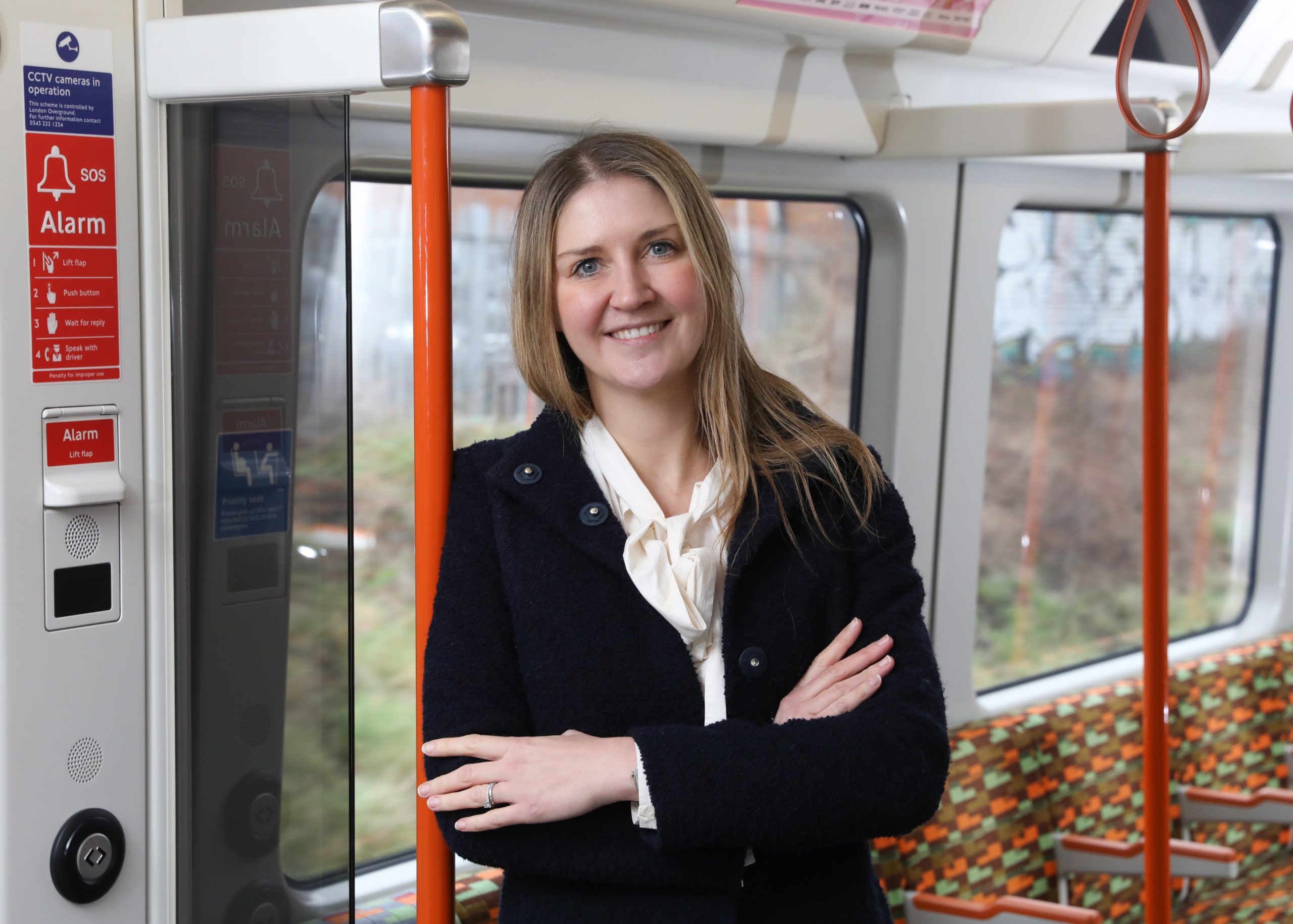- Home
- /
- Arriva Rail London news
- /
- Under Control: How incident...
Under Control: How incident response controller Djibril keeps passengers moving
24 April 2025

Control teams are crucial in rail operations, ensuring the safe and efficient movement of trains and managing a complex network to keep passengers moving. We sat down with Djibril N’Djai, a dedicated incident response controller in the London Overground control team, to find out more about his role.
Can you tell me about your career journey and how you got into the railway?
I started my railway career in 2009 as a customer service controller for the newly launched East London Line, now known as the Windrush line. It was a fantastic opportunity to help build a service that’s now integral to London’s transport network.
Over the years, I’ve progressed into roles like train crew resources manager and train service controller, each teaching me how to balance safety, efficiency and passenger needs.
I’m currently pursuing a BSc degree in Railway Operations Management to strengthen my expertise, blending hands-on experience with academic knowledge to better support our operations.
What drew you to your current role in the London Overground control team?
I was drawn to the incident response controller role because it lets me tackle high-stakes challenges head-on. Whether it’s coordinating during a major disruption or ensuring safety compliance, I thrive on making quick decisions that keep services running smoothly. Collaborating with colleagues across teams to solve problems in real-time is incredibly rewarding – it’s where preparation meets action.
What does a typical day in your role look like?
Every day starts with monitoring the network for potential issues. For example, during a recent signalling failure, I rerouted more than 15 services, coordinated with drivers and signallers and kept passengers informed. My role mixes real-time problem-solving with refining plans to prevent future disruptions. No two days are the same!
How has your role evolved over the years?
I’ve moved from hands-on customer service and resource management to strategic roles overseeing network-wide incidents. Today, I collaborate with infrastructure managers, emergency services and operators to resolve complex issues. Adapting to new technologies and safety protocols has been key – every challenge has sharpened my ability to balance immediate action with long-term solutions.
What’s the most challenging part of your job?
Leading during incidents like severe weather, where quick decisions can impact thousands of people. Not long ago, we managed evacuations during extreme weather while rerouting train services. It’s stressful, but seeing teams unite to restore order is deeply satisfying.
What’s something outsiders might not know about your job?
Few realise the railway is a web of organisations – Network Rail, Transport for London (TfL), operators – each with distinct roles. During incidents, we synchronise these teams like puzzle pieces. The coordination behind the scenes is immense, but it’s what keeps London moving.
How do you work with other teams?
Trust and clarity are key. During a trespasser incident, I worked with station employees to secure the area, guided signallers to halt trains, and kept drivers updated – all while coordinating with British Transport Police. Respecting each team’s expertise ensures we act as one unit.
How do you find adjusting between shifts?
Discipline is crucial. I stick to a strict sleep schedule, use blackout curtains and meal prep to stay energised. While night shifts can be tough, knowing our work keeps passengers safe 24/7 makes it worthwhile.
Can you share a particularly memorable day on the job?
Managing the Canal Junction points failure during rush hour stands out. The line closure affected thousands, but by working with Network Rail and TfL, we rerouted trains, arranged buses and kept passengers informed. The teamwork was incredible, seeing our contingency plans work and hearing positive feedback reminded me why preparation matters.


